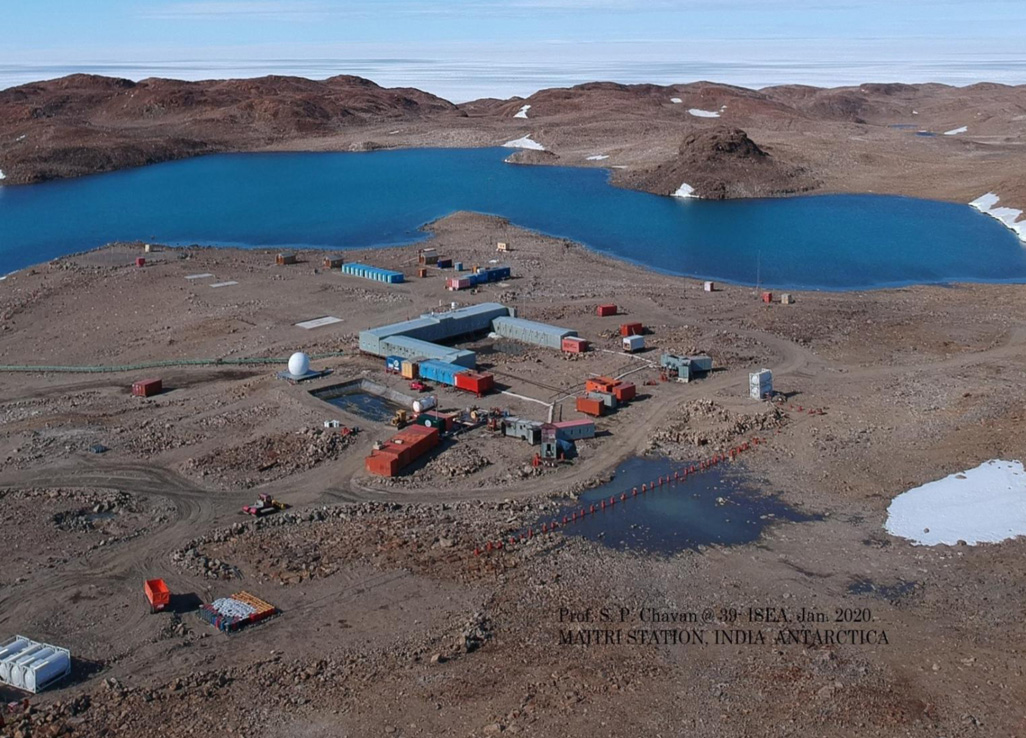Abstract: The central and state governments have been running several programmes to help cancer patients. Subsidised treatment and palliative care for cancer are already in place.The AMRIT venture is a step in the right direction to make expensive medicines affordable for patients nationwide.
TO READ THE FULL ARTICLE
Already have an account? Log In
Keep reading with one of these options :
OR
Free
Limited Articles
Create an account
